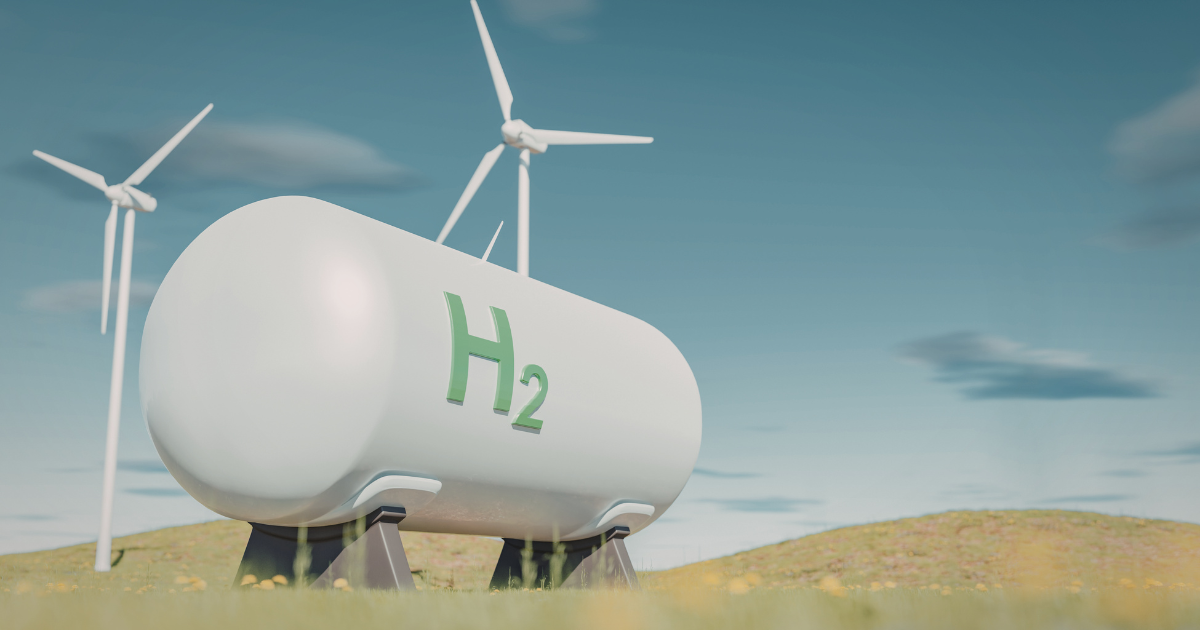10 Takeaways From the 104th Annual CANA Cremation Innovation Convention
There are a lot of reasons we love to attend CANA’s symposiums and conventions. From CANA Executive Director Barbara Kemmis’ infectious enthusiasm and energy to the consistently groundbreaking statistics to the streamlined format, there’s something for everyone in the deathcare space to enjoy and/or learn. This year’s 104th Annual CANA Cremation Innovation Convention in Atlanta certainly didn’t disappoint. Connecting Directors will be bringing you lots more content gleaned from the convention, but we couldn’t wait to share these 10 quick takeaways:
1. Cremation growth rates may be slowing, but cremation is still growing and going strong.
As Barbara Kemmis said during her presentation of the latest cremation trends, there’s only one pie, and it’s only so big. In other words, cremation-over-burial rates can’t go beyond 100%. After shooting up nearly 24% to 57.5% from 2006 to 2021, it makes sense that the cremation growth rate has slowed to a steady and predictable 1.49% per year. In 10 years, CANA estimates the cremation rate will be nearly 70%, leaving just under a third of the proverbial pie to traditional burials and natural organic reduction.
2. Urn sales will never replace casket sales
This is another great statement from Kemmis, and one she says she has to repeat often. This doesn’t have to be a devastating realization, though — nor should it cause a disdain for cremation. Between the suppliers and the presenters at the Atlanta convention, there were plenty of suggestions for driving revenue amid rising cremation rates. Watch for more details on those ideas in the next few weeks in Connecting Directors!
3. Nobody likes the “black trash can”
We’re not exactly sure who coined this term for the temporary container for cremated remains, but it fits, doesn’t it? Beginning with Brian Waters’ “Question Everything” presentation, several speakers highlighted the many ways this box falls short as a vessel in which to “take Mom home” for the final time. Luckily, families have options, and as Waters reminded us, they know it. They’d also prefer more than a transactional interchange when Mom is ready to be picked up. Ditch the “handing the box over the cluttered desk” routine for something more, even if it’s a few minutes in the chapel with an urn ark, a flower, and a candle (another of Brian Waters’ great suggestions!).
4. You need to learn more about your community and state
While mingling with attendees during welcome festivities, one aquamation supplier noted, and later shared with the crowd, that some of the cremation providers she spoke with didn’t realize that alkaline hydrolysis had been legalized in their state (BTW, it’s now legal in 25 states). Later, in a presentation about permanent memorialization, panel members recommended learning the cremation and memorialization statistics within your own community so you can benchmark your own organization’s place and growth.
5. Families don’t choose cremation because it’s cheaper than burial
New data released by CANA at the convention proves what many deathcare professionals have long suspected: Cost isn’t the only reason people choose cremation. In their latest cremation trends survey, CANA found that the number one reason for choosing cremation was personal preference (54% of US respondents and 56% of those in Canada ticked this box). “Most economical” was the second most popular reason, but it was way behind percentage-wise, with only 23% and 19% (US and Canada, respectively) including this in their answers.
6. Pet cremation and aftercare offer amazing opportunities to serve your community
Losing a pet can be just as (or more) emotionally crippling for pet parents than losing a family member, and it’s estimated that about 80% of families are now choosing cremation. Because pet cremation and aftercare are unregulated, the International Association of Pet Crematories & Cemeteries created an accreditation program with standards and values similar to CANA’s. Participating in this program and offering pet cremation and aftercare services can provide your organization new avenues for driving revenue and community engagement.
7. There are three distinct chamber arrangements for pets
The terminology can be confusing, but thankfully the IAOPCC clarified the difference in the three ways pets can be arranged for cremation and disposition:
- Communally: Multiple remains are cremated at once, with no return of cremains to families.
- Privately: One body is cremated in the chamber, as is done with human cremation; this option seems to be growing in popularity.
- Individually: Multiple remains are cremated in one chamber, but the bodies are separated from one another and identified by their location so they can be returned to the appropriate families.
8. A shocking number of families have cremains in their homes
CANA’s survey found that in the United States, about 26% of households have at least one set of cremated remains in their homes; it’s 19% in Canada. In the US, 51% of those cremains are those of veterans, 39% are parents, 30% are extended family or friends, and only 14% are spouses or partners.
9. Younger generations want larger services when they die
While Barbara Kemmis says they’re still slicing and dicing the super-rich data obtained through their permanent memorialization survey, preliminary generational information shows that Gen Z and millennials would prefer a larger celebration of life gathering after they’re cremated than older generations. This is useful and actionable data for deathcare pros; why not start talking to the younger folks about their own services when they stop by your facility after you provide services for their parents or grandparents? It’s never too early for a preneed.
10. The Undertaking: The Podcast guys brought great swag
If all of these takeaways don’t convince you to pencil the next CANA get-together into your calendar, maybe this amazing free merchandise handed out by Brian Waters & Ryan Ballard and Undertaking: The Podcast will change your mind! Who knows what they’ll bring to the next CANA event!




